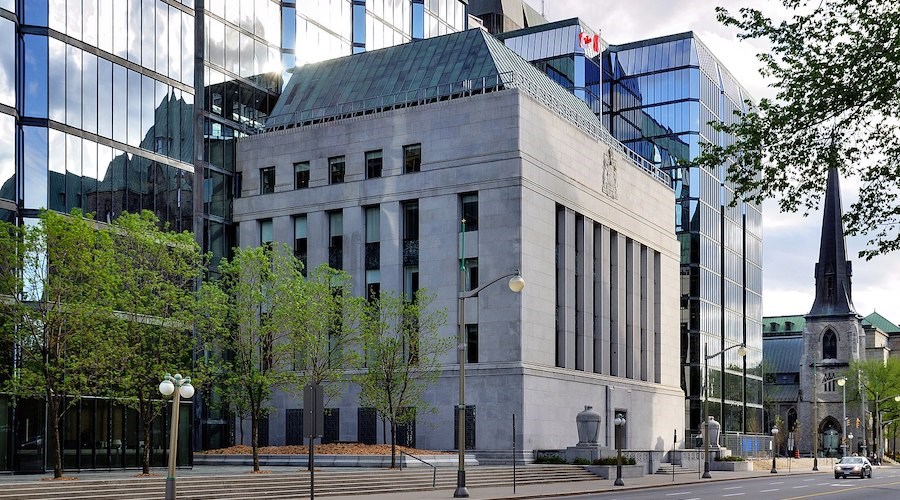In a first-of-its-kind study, University of Waterloo researchers analyzed the effects of Canada’s carbon price regime on the economy and found that putting a price on emissions comes with an increased risk for financial lenders and borrowers with high footprints.
The paper, published in the Journal of Management and Sustainability, shows that as carbon costs rise, high-emitting industries such as mining and oil and gas are at the greatest risk of default, with total assets of $256 billion at risk of being lost and almost a quarter of the Canadian GDP exposed to climate risk.
The study exposes the grave uncertainty facing the Canadian economy and the value for financial lenders and regulators to assess carbon emissions and carbon price scenarios as part of the credit risk assessment procedure.
“Canadian banks are deeply involved in lending to carbon-intensive clients and have increased lending to those companies by billions of dollars despite their public commitments to support global climate goals,” Adeboye Oyegunle, lead author of the paper, said in a media statement. “If we are not proactive, these investments could create increased costs, default rates and bad debt when you put these investments into the context of the changing market and new government regulations.”
Using Toronto Stock Exchange data between 2010 and 2020 as a sample, Oyegunle and colleagues developed a number of scenarios that consisted in applying the Canadian Government’s carbon price regime ranging from $0 to $170 to analyze variables for predicting bankruptcy until 2030.
While the results show that high-emitting carbon borrowers and banks are at the greatest risk, their loss could gravely affect the rest of the economy and affordability within Canada, as companies tend to pass on increased costs to consumers, leading to increased prices that will further stretch the finance of the average Canadian.
Given this state of affairs, the researchers propose that lenders should start or continue to consider a real and a shadow carbon price in their credit risk assessments. This practice will enable them to analyze carbon-related credit risks accurately and set an appropriate interest rate for loans.
In addition, they suggest that central banks and other financial sector supervisors should start introducing indicators that measure the sector’s exposure to climate-related credit risks.
“Implementing a carbon price is a first step, but not the last one if we are to achieve an orderly transition to a low-carbon economy with minimal disruption to credit,” Olaf Weber, co-author of the paper, said. “For Canada, we must analyze the financial consequences, develop risk assessment tools and indicators, and accelerate the transition to a low-carbon economy.”


